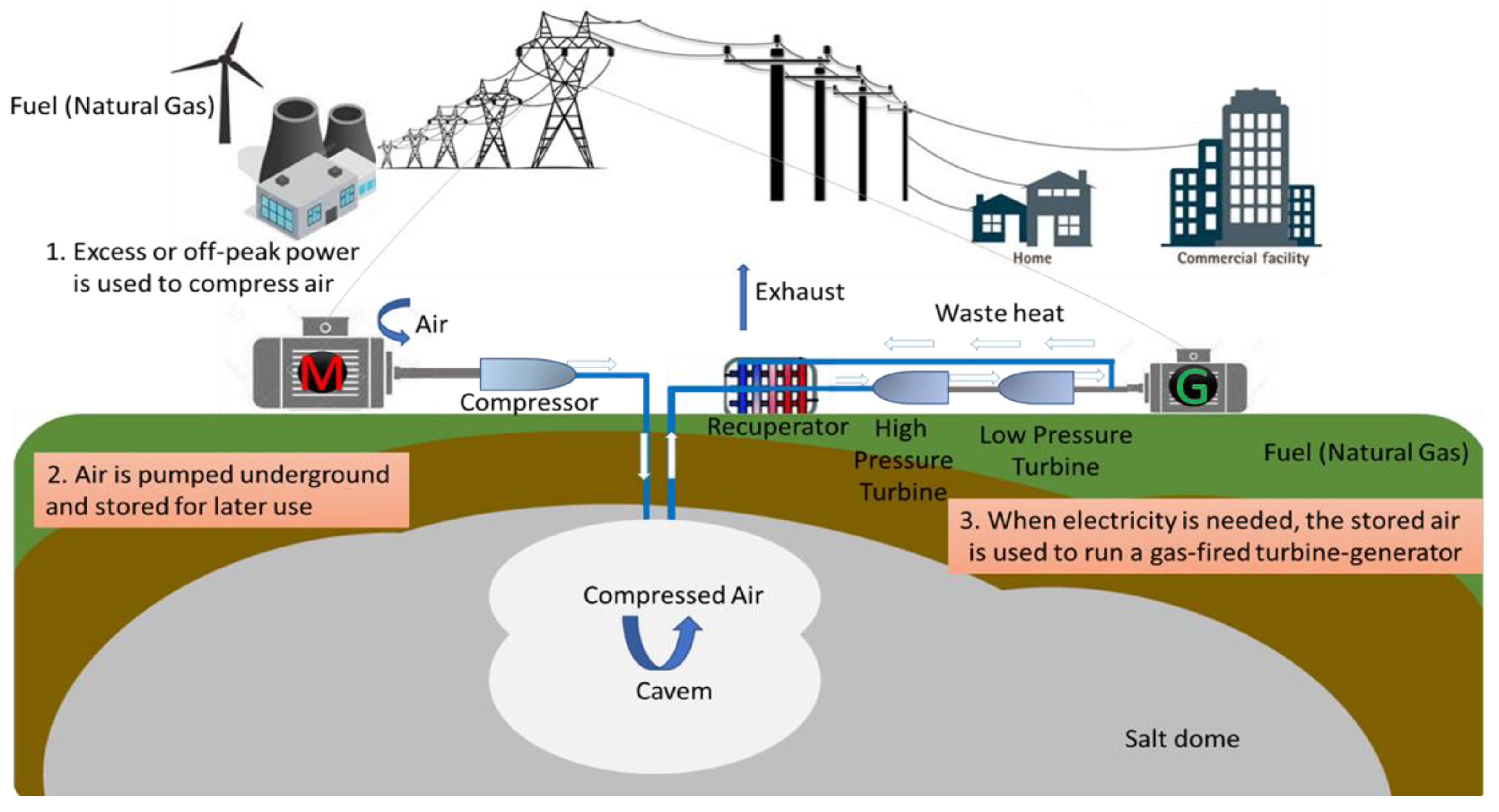
Thermo Free FullText Comprehensive Review of Compressed Air Energy Storage (CAES) Technologies
Compressed air energy storage (CAES) is a proven large-scale solution for storing vast amounts of electricity in power grids. As fluctuating renewables become increasingly prevalent, power systems will face the situation where more electricity is produced than it is needed to cover the demand. The solution: Effective energy storage systems.

Canadian startup Hydrostor is storing energy in compressed air — Quartz
Enlarge / A rendering of Silver City Energy Centre, a compressed air energy storage plant to be built by Hydrostor in Broken Hill, New South Wales, Australia. Hydrostor. reader comments 0.
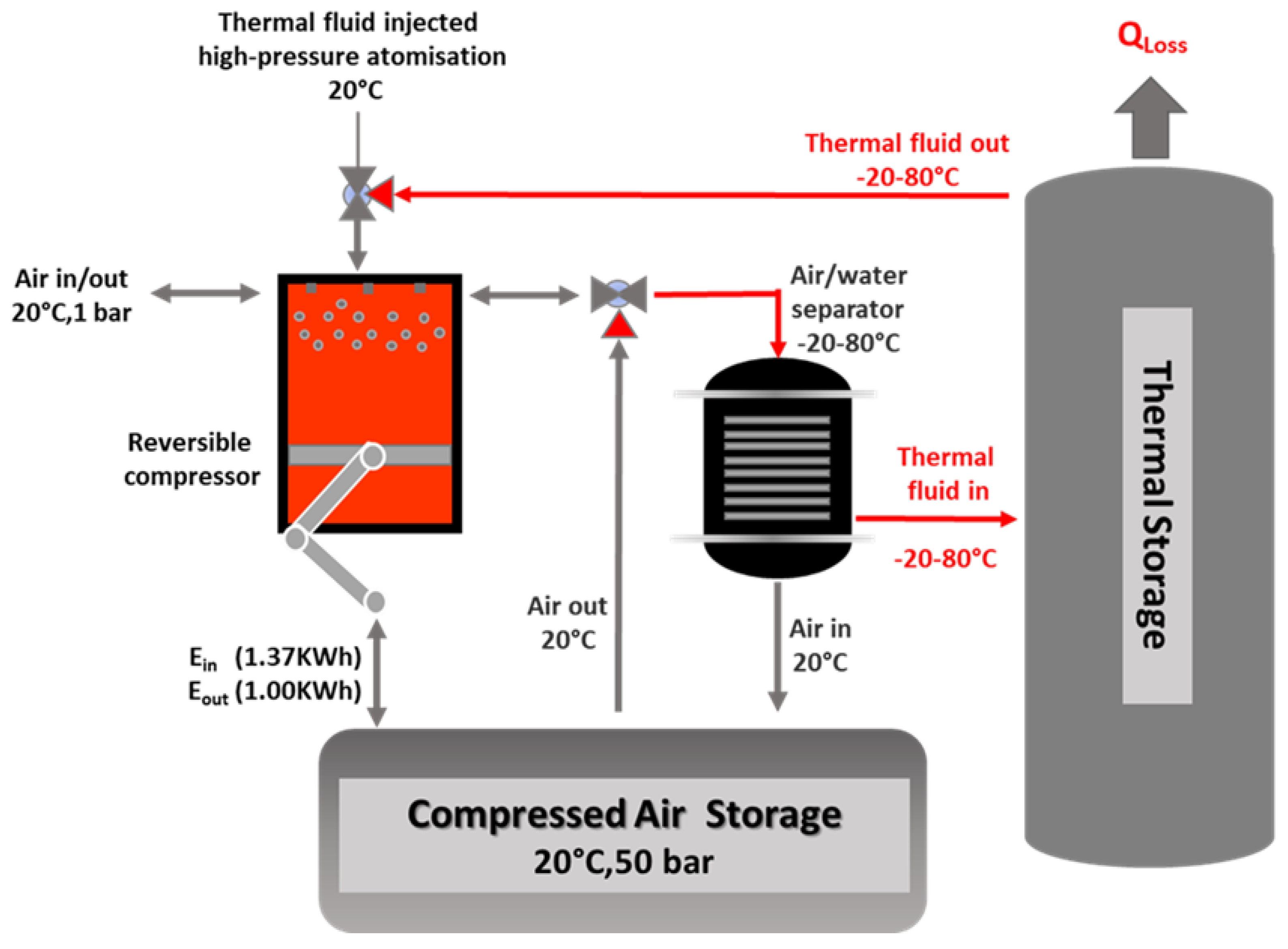
Thermo Free FullText Comprehensive Review of Compressed Air Energy Storage (CAES) Technologies
Here's how the A-CAES technology works: Extra energy from the grid runs an air compressor, and the compressed air is stored in the plant. Later, when energy is needed, the compressed air then.
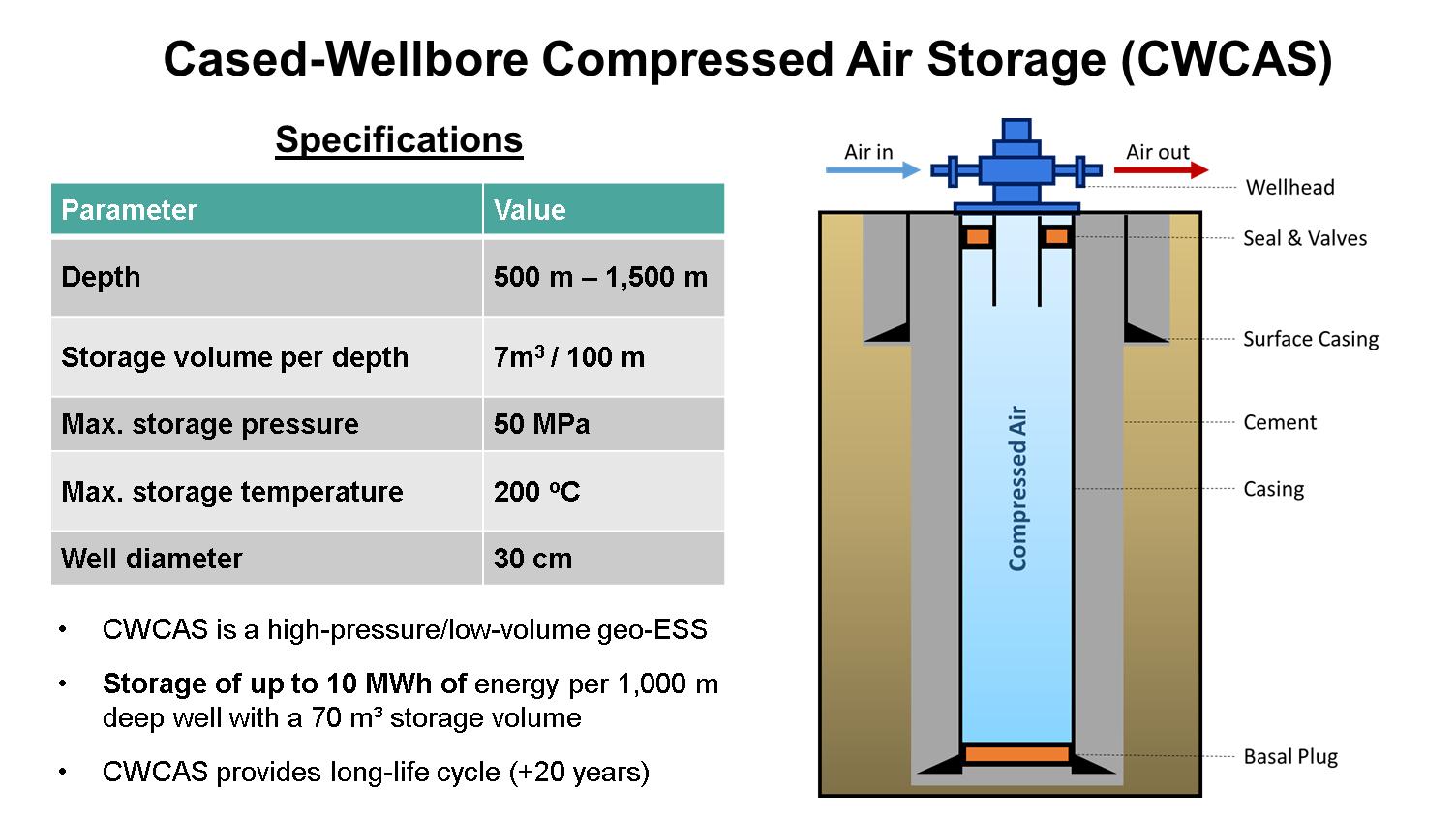
CasedWellbore Compressed Air Storage for Renewable Energy Technology Catalogue
A different type of CAES that aims to eliminate the need of fuel combustion, known as Advanced Adiabatic Compressed Air Energy Storage (AA-CAES), has recently been developed. AA-CAES stores the heat created during the initial air compression for use in the electricity generation section of the cycle. While this would entirely eliminate the need.
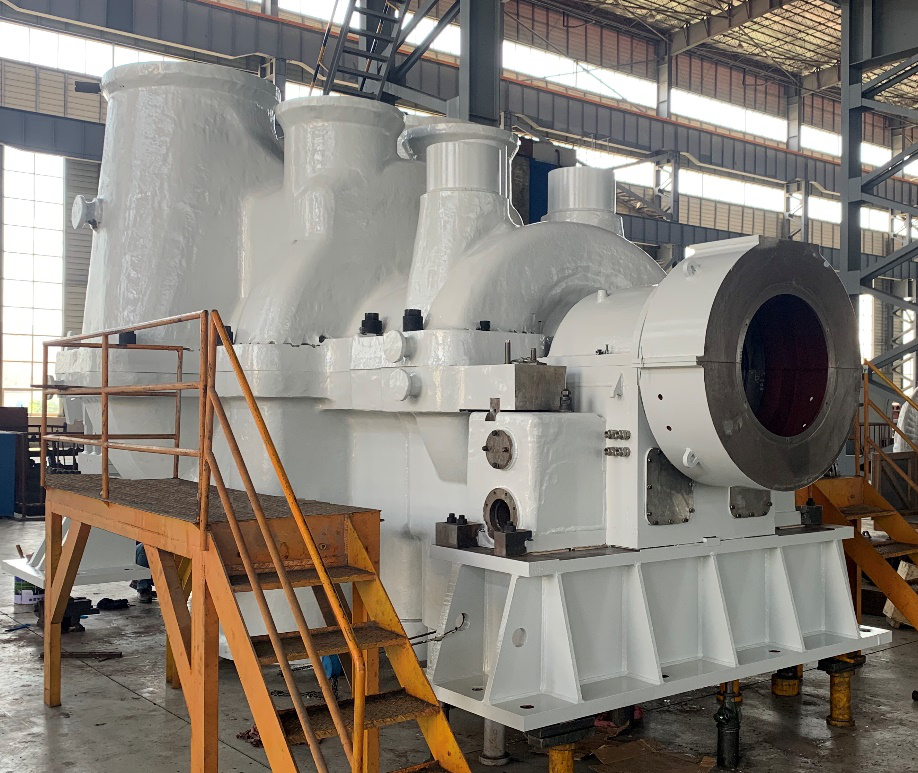
World’s First 100MW Advanced Compressed Air Energy Storage System Expander Completes Integration
Compressed Air Energy Storage. In the first project of its kind, the Bonneville Power Administration teamed with the Pacific Northwest National Laboratory and a full complement of industrial and utility partners to evaluate the technical and economic feasibility of developing compressed air energy storage (CAES) in the unique geologic setting of inland Washington and Oregon.

Inside Clean Energy Here’s How Compressed Air Can Provide LongDuration Energy Storage Inside
Among all energy storage systems, the compressed air energy storage (CAES) as mechanical energy storage has shown its unique eligibility in terms of clean storage medium, scalability, high lifetime, long discharge time, low self-discharge, high durability, and relatively low capital cost per unit of stored energy. In contrast, low roundtrip.

Conceptual diagram compressed air energy storage (CAES) using an... Download Scientific Diagram
1.1. Compressed air energy storage concept. CAES, a long-duration energy storage technology, is a key technology that can eliminate the intermittence and fluctuation in renewable energy systems used for generating electric power, which is expected to accelerate renewable energy penetration [7], [11], [12], [13], [14].

Compressed air energy storage technology Generating electricity out of thin air Baldwin EMC
The potential energy of compressed air represents a multi-application source of power. Historically employed to drive certain manufacturing or transportation systems, it became a source of vehicle propulsion in the late 19th century. During the second half of the 20th century, significant efforts were directed towards harnessing pressurized air for the storage of electrical energy.

CasedWellbore Compressed Air Storage for Renewable Energy Australia's Energy Technology Platform
Compressed air energy storage (CAES) uses surplus energy to compress air which is then stored in an underground reservoir. The compression of the air generates heat. The air can be released to a.
.jpg)
Australia's First Compressed Air Energy Storage
Abstract. The fundamentals of a compressed air energy storage (CAES) system are reviewed as well as the thermodynamics that makes CAES a viable energy storage mechanism. The two currently operating CAES systems are conventional designs coupled to standard gas turbines. Newer concepts for CAES system configurations include additions of heat.
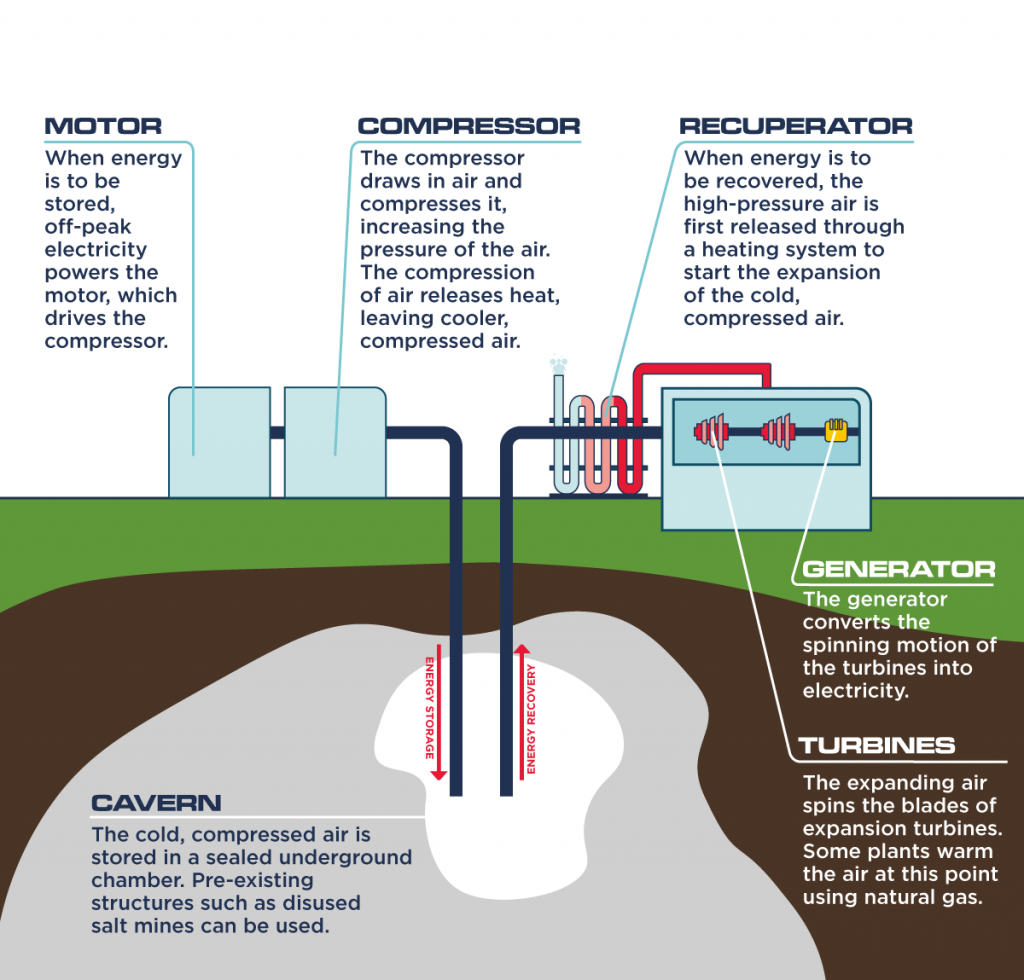
Energy Storage OurFuture.Energy
As renewable energy production is intermittent, its application creates uncertainty in the level of supply. As a result, integrating an energy storage system (ESS) into renewable energy systems could be an effective strategy to provide energy systems with economic, technical, and environmental benefits. Compressed Air Energy Storage (CAES) has been realized in a variety of ways over the past.

CAES ThermoMechanical Energy Storage Siemens Energy Global
This energy storage system involves using electricity to compress air and store it in underground caverns. When electricity is needed, the compressed air is released and expands, passing through a turbine to generate electricity. There are various types of this technology including adiabatic systems and diabatic systems.

Compressed Air Energy Storage Energy Storage CTCN
Siemens Energy Compressed air energy storage (CAES) is a comprehensive, proven, grid-scale energy storage solution. We support projects from conceptual design through commercial operation and beyond. Our CAES solution includes all the associated above ground systems, plant engineering, procurement, construction, installation, start-up services.

Open Accumulator Isothermal Compressed Air Energy Storage System... Download Scientific Diagram
Compressed air energy storage (CAES) is an established and evolving technology for providing large-scale, long-term electricity storage that can aid electrical power systems achieve the goal of decarbonisation. CAES facilities often utilise large underground storage caverns to ensure high capacity systems. This results in the need of locations.

COMPRESSED AIR ENERGY STORAGE (CAES) ProtoGen, Inc. Sustainable & Resilient Energy Solutions
Compressed air energy storage (CAES) is a way to store energy generated at one time for use at another time. At utility scale, energy generated during periods of low energy demand (off-peak) can be released to meet higher demand (peak load) periods. Since the 1870's, CAES systems have been deployed to provide effective, on-demand energy for.
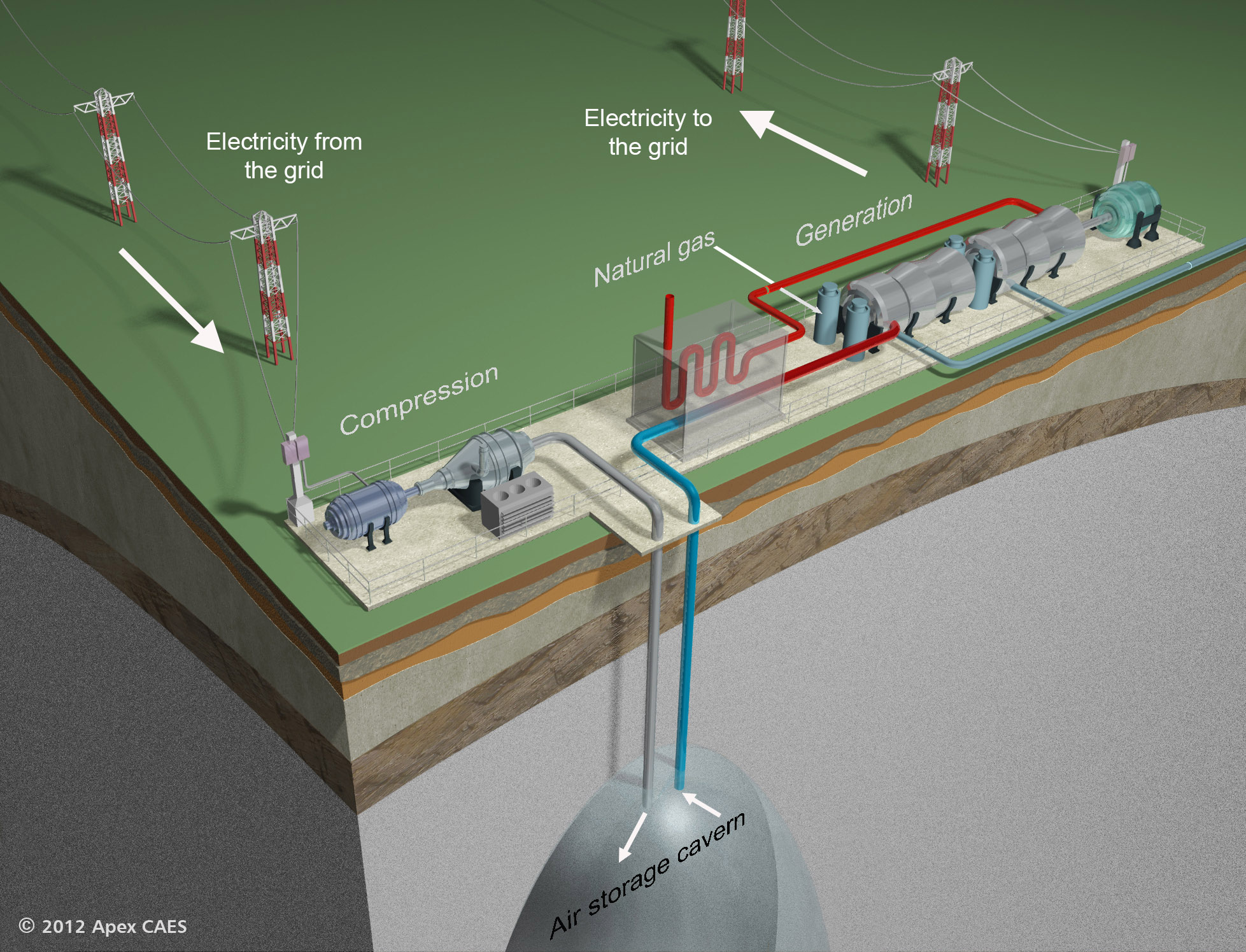
Compressed Air Energy Storage (CAES) Systems
A compressed air energy storage (CAES) facility provides value by supporting the reliability of the energy grid through its ability to repeatedly store and dispatch energy on demand. Two main advantages of CAES are its ability to provide grid-scale energy storage and its utilization of compressed air, which yields a low environmental burden.
- Air Ticket To Asmara Eritrea
- Dominique Van Der Heyde Nieuwe Vriendin
- Hp Elitebook 865 G9 Specs
- Nacht Van De Ontdekking Leiden
- Iphone 12 Vs 14 Pro
- European Patent Office The Hague
- Essentials Of Classic Italian Cooking
- Veertjes Voor In Het Haar
- Nikola Tesla Record Of Ragnarok
- Van Meter Per Seconde Naar Km Per Uur